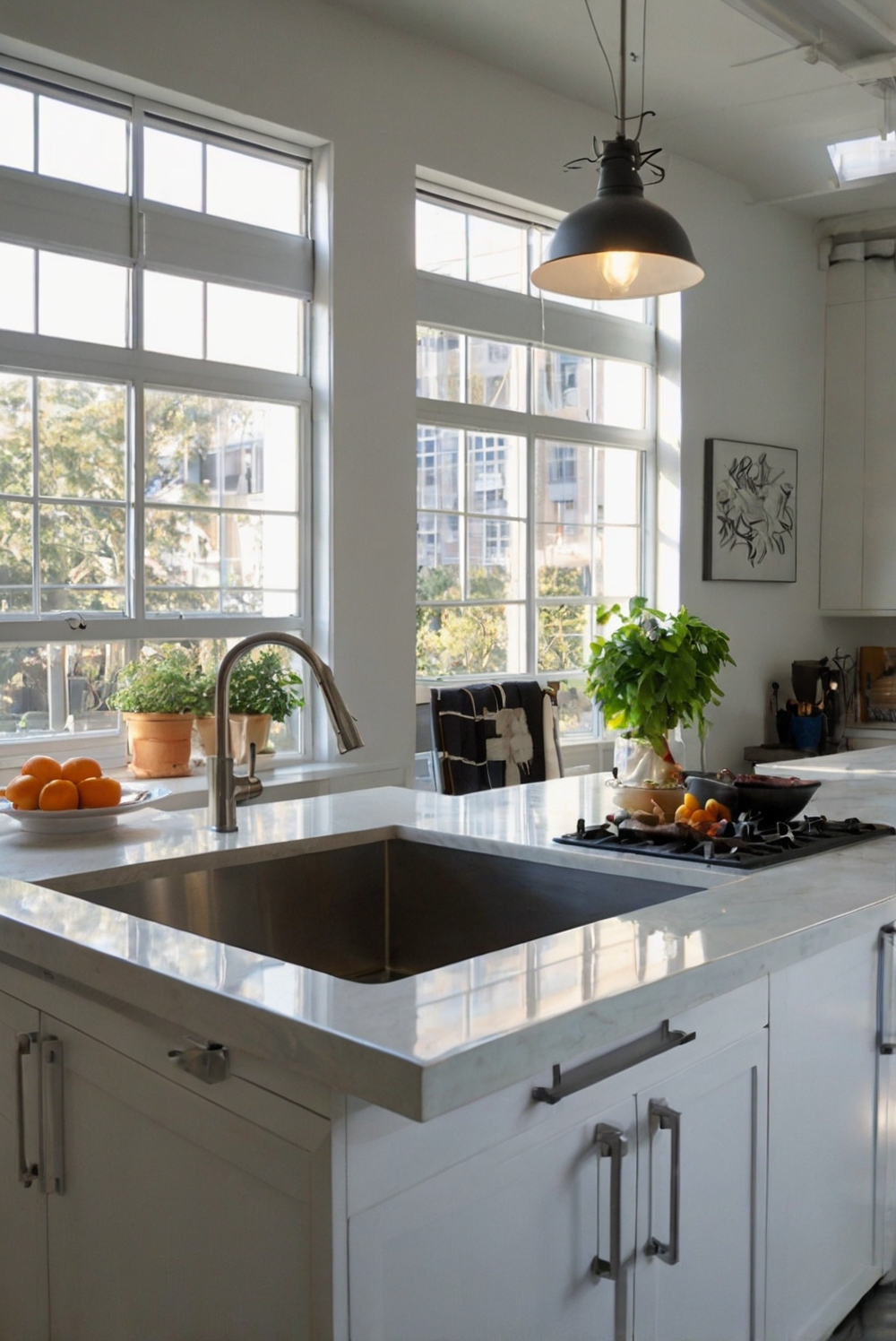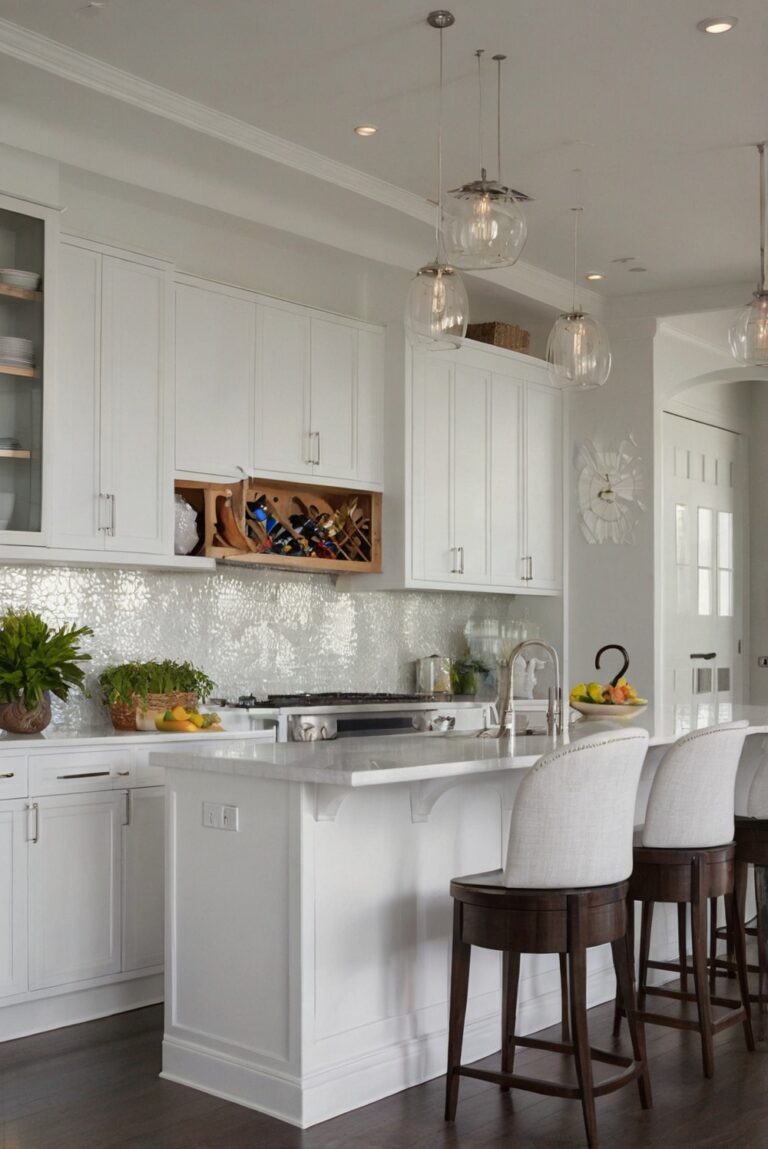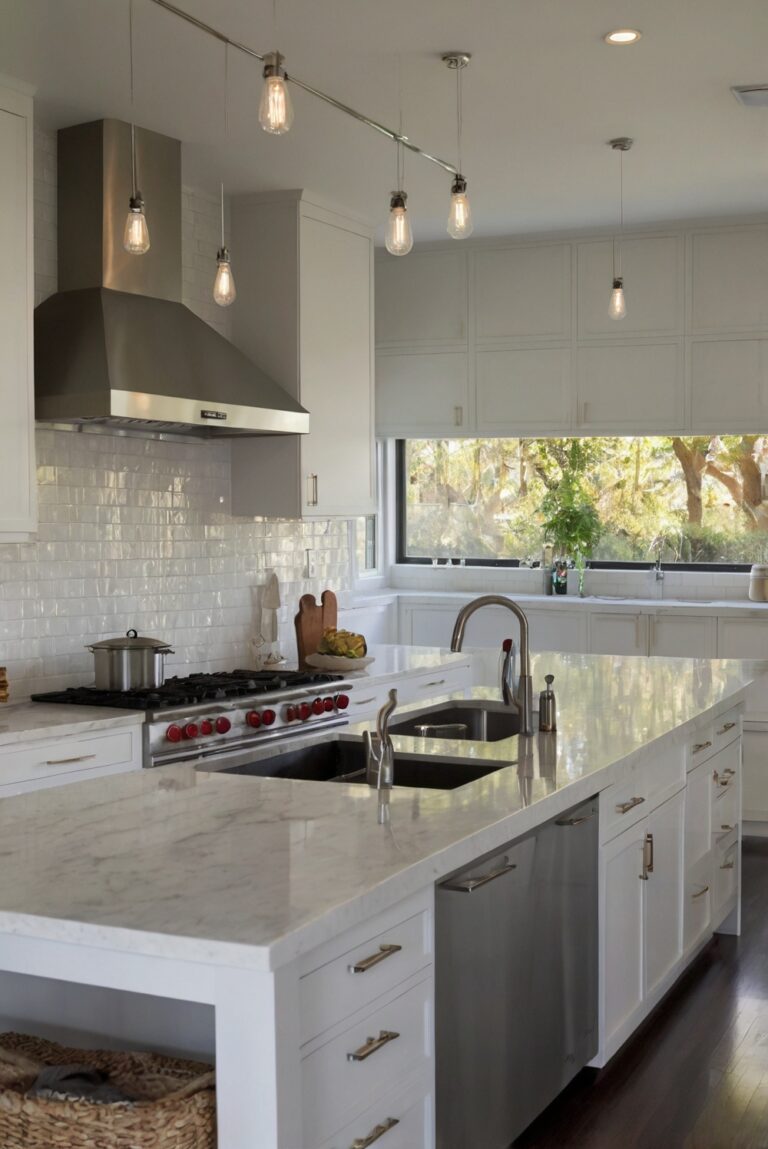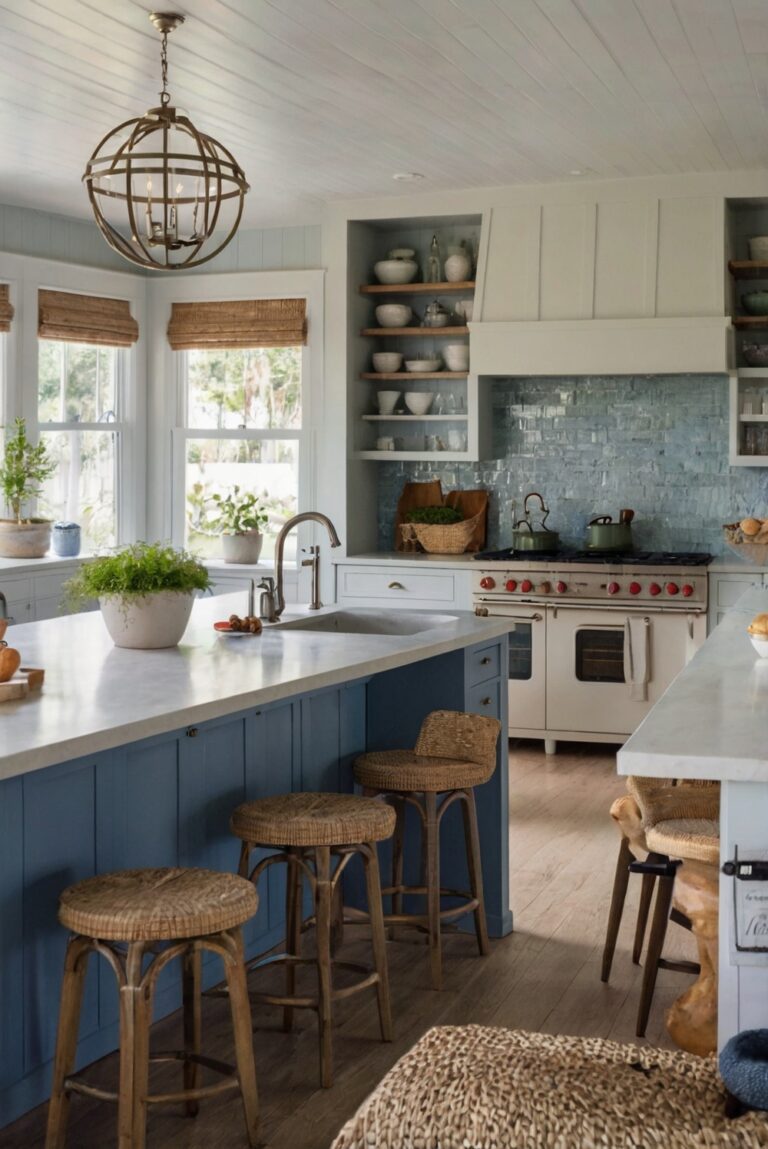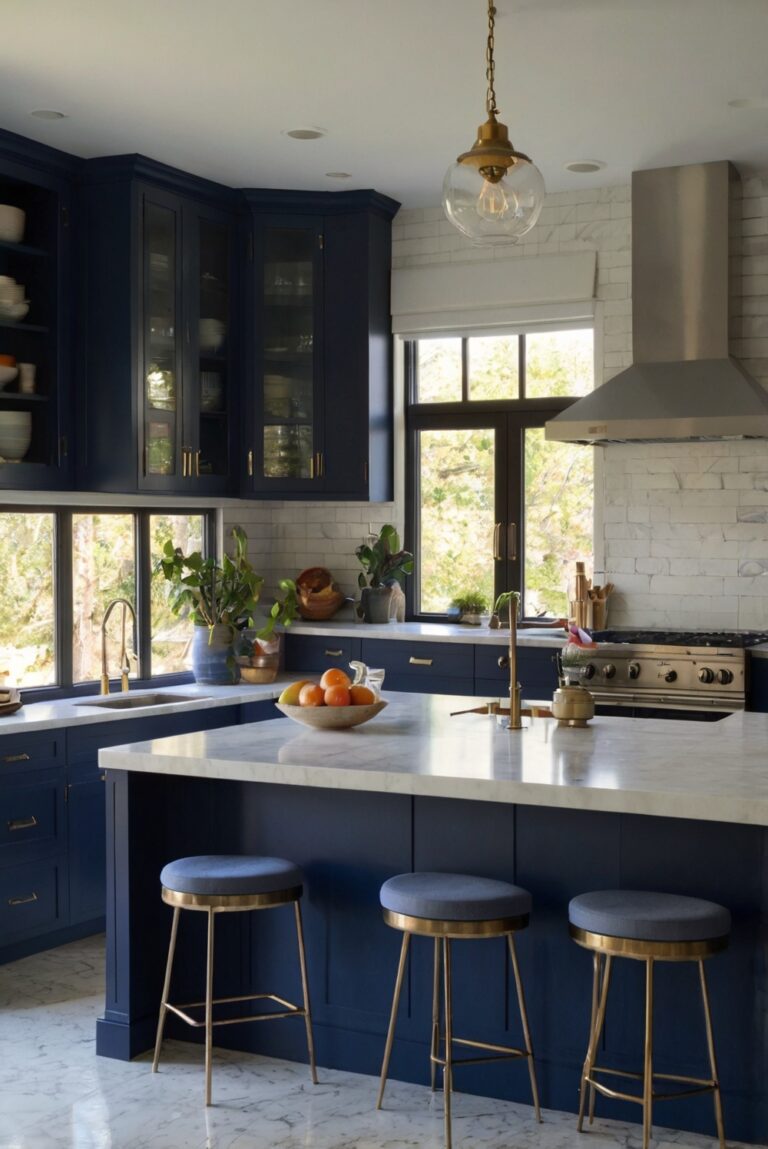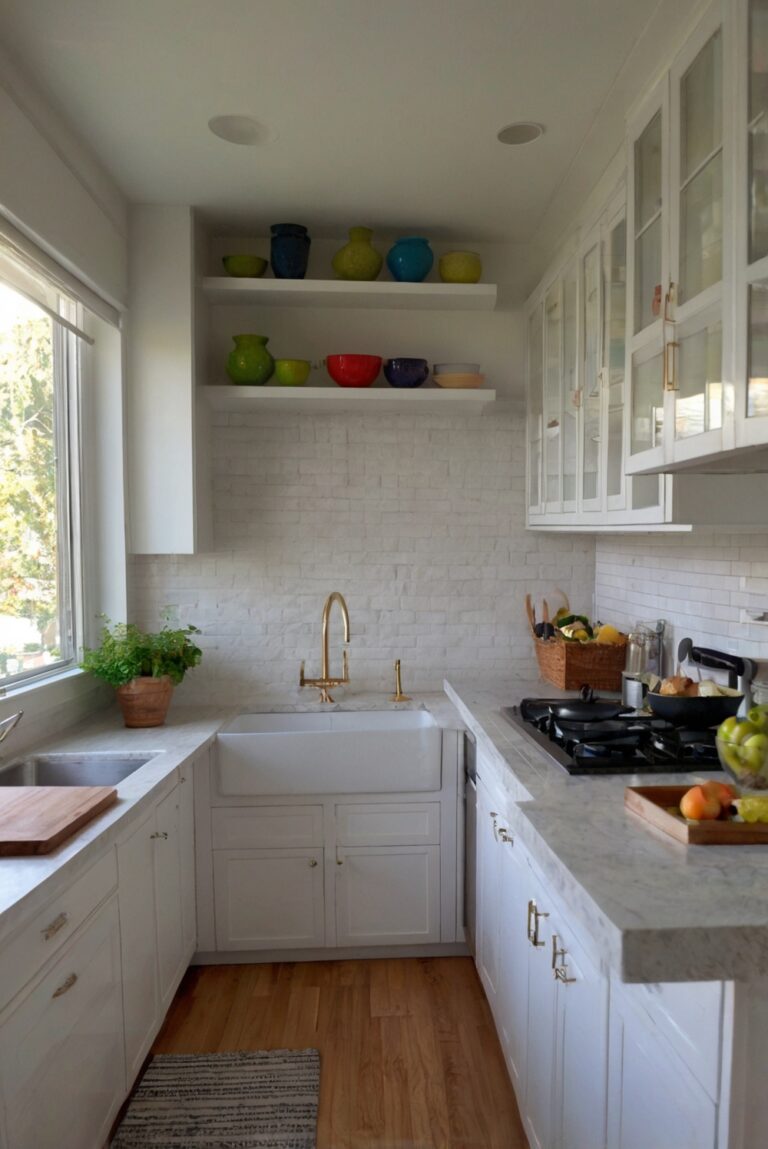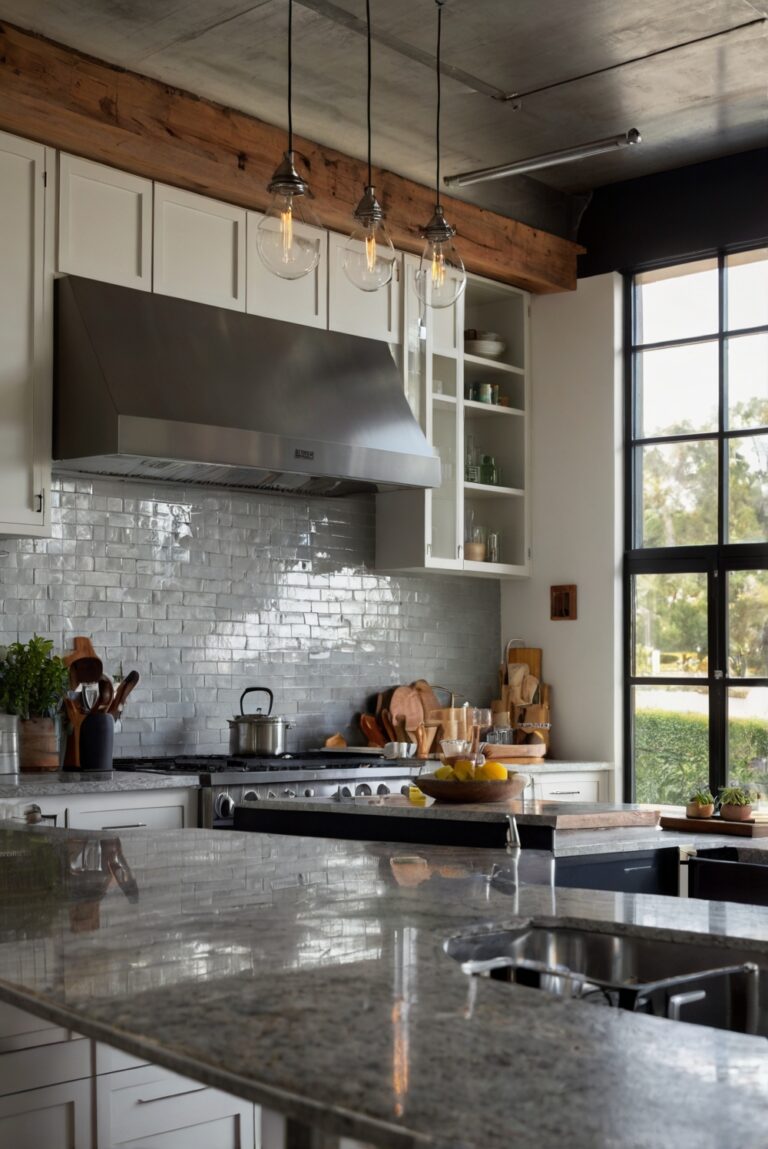Discover how to elevate your kitchen cabinets with chic crown molding. Follow these daily interior designer routines for a stylish and sophisticated look.
What Are Some Stylish Ways to Add Crown Molding to Kitchen Cabinets?
What Are Some Stylish Ways to Add Crown Molding to Kitchen Cabinets?
Adding crown molding to kitchen cabinets is a great way to enhance the look of your space. You can achieve a stylish and sophisticated finish by following these steps:
- Choose the Right Style: Select a crown molding style that complements your kitchen cabinets and overall home decor.
- Measure and Cut: Accurately measure the length of each cabinet and cut the molding to fit.
- Attach the Molding: Secure the crown molding to the cabinet using finishing nails or adhesive.
- Paint or Stain: Finish the molding with a paint or stain that matches your cabinets for a cohesive look.
Adding crown molding not only adds visual interest to your kitchen but also increases the value of your home. Make sure to take proper measurements and use the right tools for a professional finish.
Enhancing Your Kitchen Cabinets with Crown Molding:
Adding crown molding to your kitchen cabinets can elevate the overall look of the space and give it a touch of elegance. There are several stylish ways to incorporate crown molding into your kitchen cabinets that can transform the entire room.
Choosing the Right Material:
When selecting crown molding for your kitchen cabinets, it’s essential to choose the right material. Wood is a popular choice as it adds a warm and classic look to the cabinets. You can opt for hardwoods like oak, cherry, or maple for a luxurious feel. Alternatively, MDF (Medium-Density Fiberboard) is a cost-effective option that can be painted to match your cabinets’ color.
Installing Crown Molding:
Proper installation is key to achieving a polished look with crown molding. Here are some important points to keep in mind:
– Make precise measurements to ensure the molding fits perfectly.
– Use a miter saw to cut the corners at precise angles for a seamless finish.
– Secure the molding with adhesive and finishing nails for a strong hold.
– Fill any gaps with caulk and sand the edges for a smooth, seamless look.
Adding Finishing Touches:
Once the crown molding is installed, you can add finishing touches to enhance its appearance. Painting the molding in a contrasting color can create a striking visual impact. You can also add decorative elements like rosettes or corbels to give the cabinets a custom look.
Maintaining Your Crown Molding:
To ensure your crown molding looks its best for years to come, proper maintenance is essential. Regular cleaning with a damp cloth can help remove dust and dirt. Avoid using harsh chemicals or abrasive cleaners that can damage the finish. Additionally, inspect the molding periodically for any signs of wear or damage and make repairs as needed.
In conclusion, adding crown molding to your kitchen cabinets is a stylish way to enhance the overall look of your space. By choosing the right material, installing the molding correctly, and adding finishing touches, you can create a custom look that complements your kitchen cabinets perfectly. With proper maintenance, your crown molding will continue to beautify your kitchen for years to come.
1. How can I add crown molding to my kitchen cabinets?
To add crown molding to kitchen cabinets, start by measuring the length of each cabinet and purchasing the appropriate amount of molding. Cut the molding to size using a miter saw and attach it to the top of the cabinets using construction adhesive and finishing nails. Make sure to miter the corners for a seamless look. Paint or stain the molding to match your cabinets for a cohesive finish.
2. What are some stylish crown molding designs for kitchen cabinets?
Some stylish crown molding designs for kitchen cabinets include traditional crown molding with dentil detailing, shaker-style crown molding with clean lines, and contemporary crown molding with a sleek and modern look. Choose a design that complements the style of your kitchen for a cohesive and polished look.
3. Can I install crown molding on kitchen cabinets myself?
Yes, you can install crown molding on kitchen cabinets yourself with the right tools and materials. It may require some carpentry skills and precision cutting, but with patience and attention to detail, you can achieve a professional-looking result. Make sure to measure carefully, use the proper tools, and follow step-by-step instructions for a successful installation.
4. What are the benefits of adding crown molding to kitchen cabinets?
Adding crown molding to kitchen cabinets can enhance the overall aesthetic of your kitchen, giving it a more polished and custom look. Crown molding can also help to hide imperfections in the ceiling or gaps between the cabinets and ceiling. Additionally, crown molding can add value to your home and make your kitchen feel more upscale and luxurious.
5. Are there different types of crown molding materials for kitchen cabinets?
Yes, there are various types of crown molding materials to choose from for kitchen cabinets, including wood, MDF (medium-density fiberboard), and polyurethane. Wood crown molding offers a classic and traditional look, while MDF is a more affordable option that can be painted to match your cabinets. Polyurethane crown molding is lightweight and easy to install, making it a popular choice for DIY projects. Choose a material that fits your budget and design preferences for the best results.

